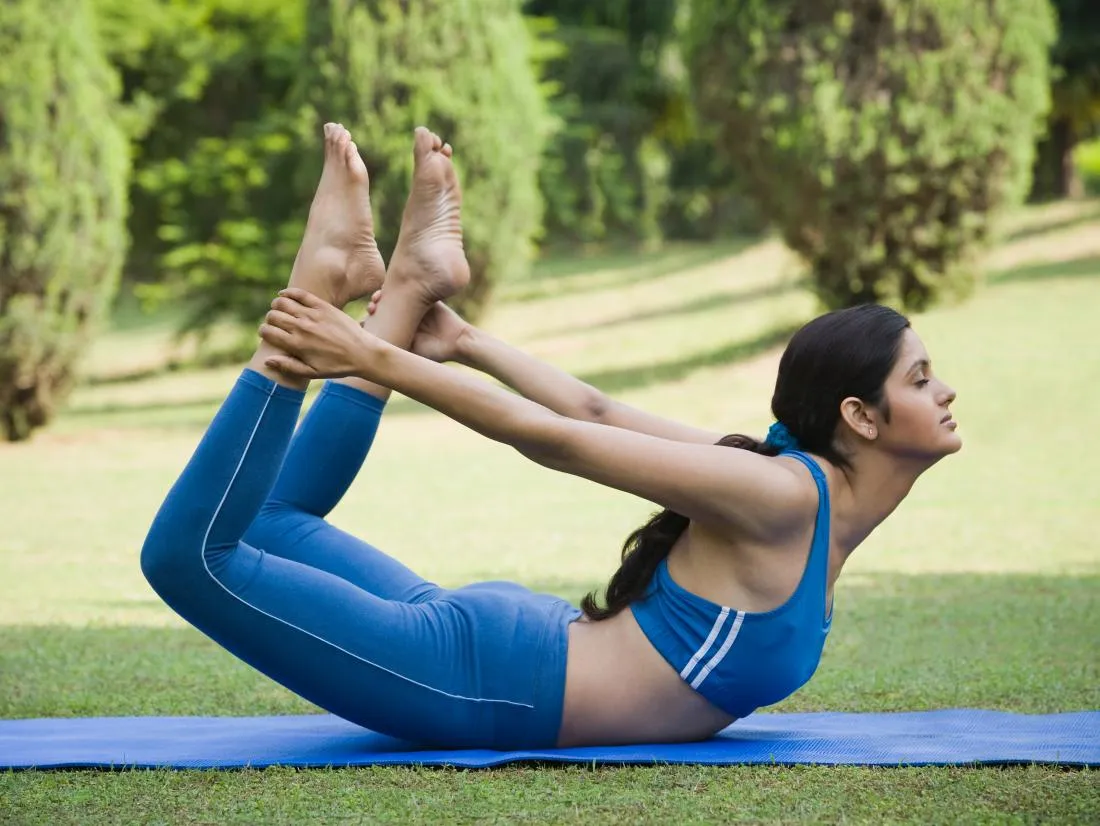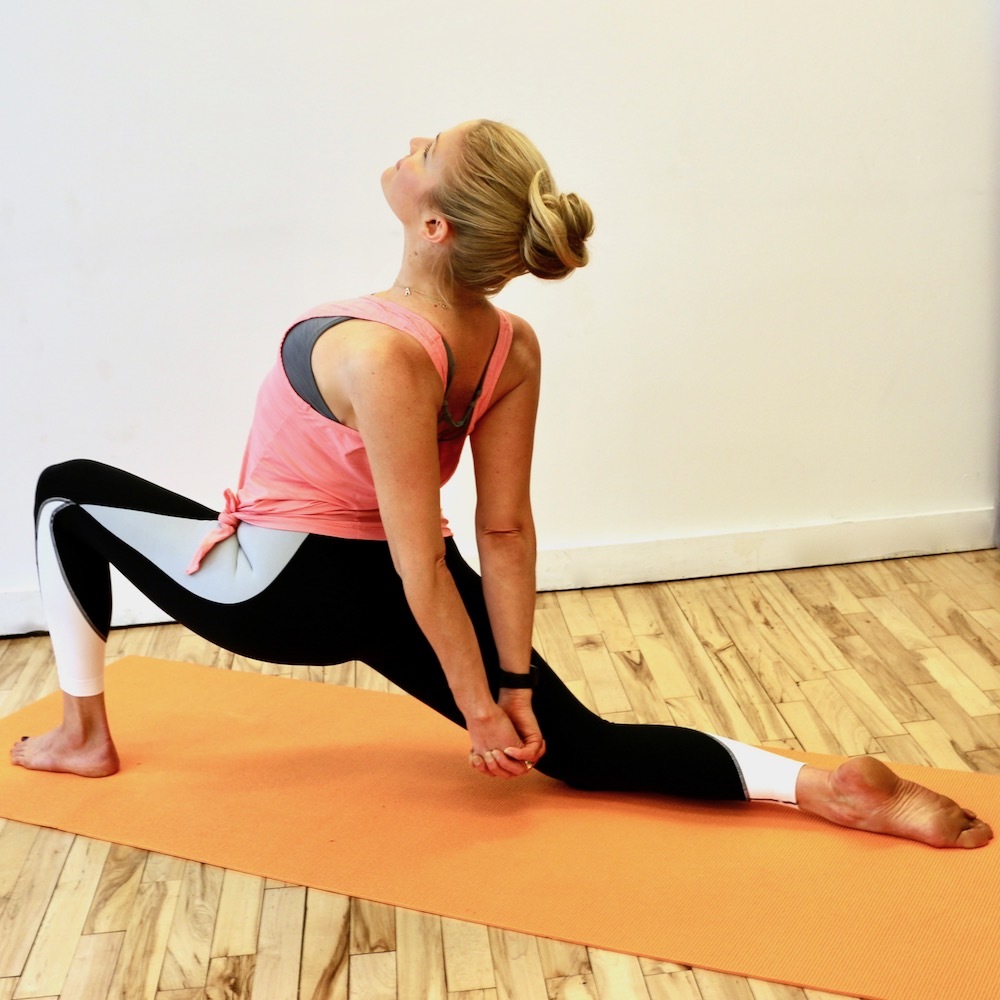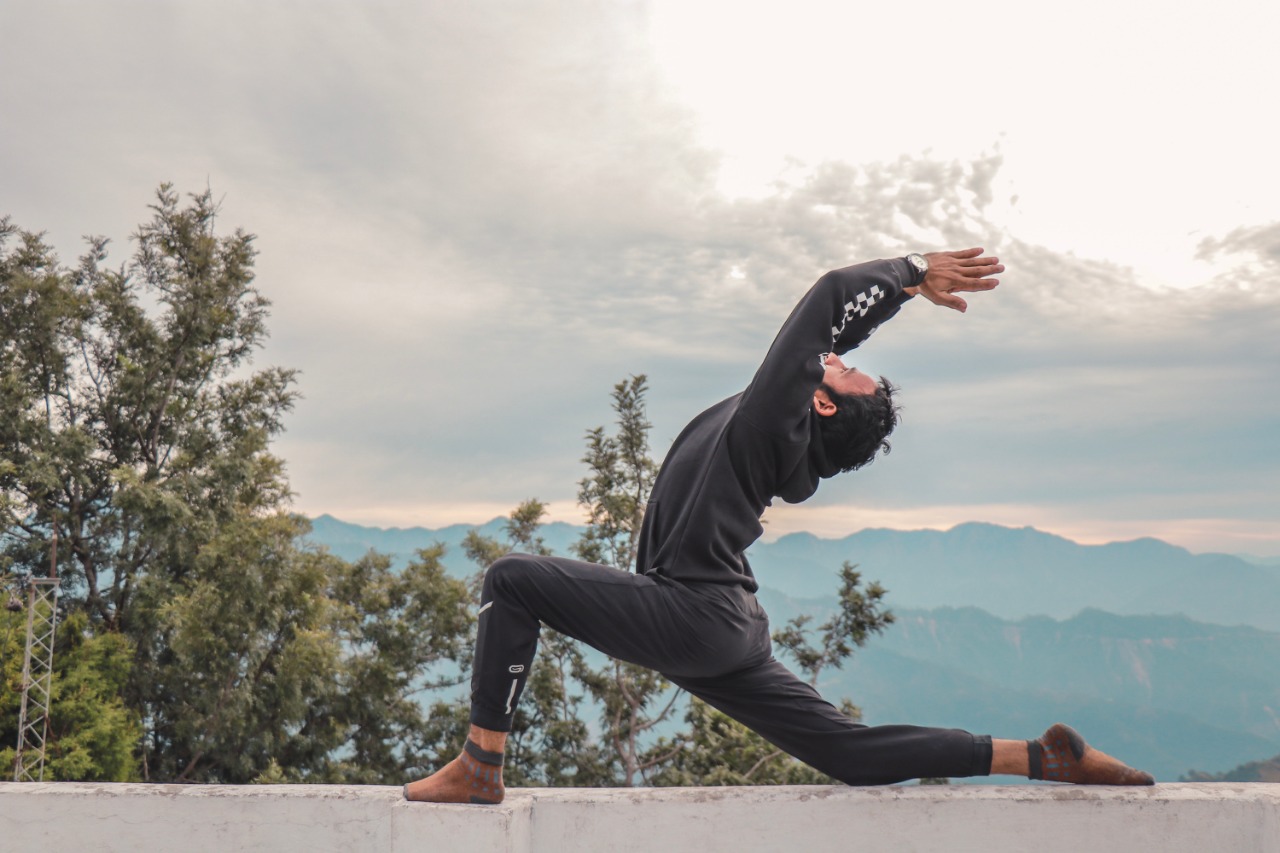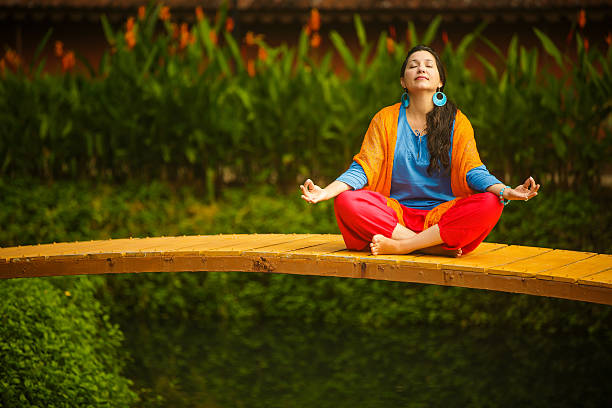

Whether you’re a new yogi or you’ve been practicing for a while, there’s bound to be words you’ve heard in a yoga class that you didn’t know or understand.
That’s normal! And you’re certainly not the only one.
If you don’t know already, Sanskrit is the ancient language of India. Many Hindu scriptures and epic poems were written in this beautiful language, but so were all the original Yoga Sutras! Sanskrit has a sort of harmonious fluidity to it, almost spiritual sounding, which makes it an effective tool for practicing yoga.
We don’t want anyone to feel lost or confused in our yoga classes, and we certainly don’t want anyone to be embarrassed to ask questions about any particular words that are used.
MyYogaTeacher instructors teach and believe wholeheartedly in the benefits of traditional yoga, and most of them are from the birthplace of yoga, India!
Not a MyYogaTeacher member? Whether you’re interested in teaching yoga, starting yoga, or growing in your yoga journey, MyYogaTeacher is a great place to do it!
When you sign up for a 1:1 membership with us you get:
102 expert, highly qualified yoga instructors to choose from
The ability to switch instructors or take classes with only your faves
Access to unlimited group classes, taught live
Personalized instruction and work out, diet, and lifestyle plans
To be a member of a HUGE community of happy yogis from around the world
Yoga teachers who become friends, who truly care about you!
If you haven’t checked us out already, grab two free 1:1 sessions with your 2-week free trial here!
And after this article, I hope you’ll feel comfortable joining one of our classes, knowing much of the vocabulary that your yoga instructor might use!

Yoga means to “yoke” or “bind” and is often interpreted as “union.” Union of breath, body and mind.
In these times, “asana” is interpreted as the physical yoga poses you’ll practice, but it originally means “seat.”
A chakra indicates an energy center within the body between the base of the spine and the top of the head. We have seven. You can learn more about chakras in this article.
Traditionally, “namaste” means “the light within me bows to the light within you,” but in this day and age it also is a common greeting for “hello.”
The word “prana” means life energy. Pranayama is a series of yogic breathing exercises that helps your breath move freely through your body.
A mudra is a hand position or gesture used to help one focus, concentrate, and develop a deeper connection to self. Prayer hands at the heart (Anjali) is an example of this.

Also a type of yoga, a vinyasa is a series of postures connected to your breath, strung together in a longer flow.
In Sanskrit, “ha” refers to the sun and “tha” refers to the moon. Hatha yoga is a slower paced, basic style of yoga and helps form the foundation of other styles.
Savasana is corpse pose, meaning you literally lie on the floor in total relaxation, typically at the end of a yoga session.
Chaturanga is low plank pose or also known as four-limbed staff pose and is usually a transitional pose from plank position to upward facing dog.
Also known as “victorious breath,” ujjay is the common form of breath used in many types of yoga where air enters and leaves a constricted throat. It often sounds like the ocean.
The universal sound of consciousness, chanting “om” causes a vibration in the back of your throat and has many benefits.
A focal point used in yoga set up by the yogi to assist with concentration, balance, and focus. This is particularly helpful for balancing postures like tree pose.

In Sanskrit, shanti means “peace.” It is often chanted at the beginning or end of class.
Iyengar is a type of yoga that is focused on precision and alignment while practicing yoga poses. It is a fairly popular style and often requires the use of props.
Shakti literally means “power” in Sanskrit and is the female principle of divine energy. Shakti is often represented by a lotus flower.
This form of yoga is a system of chanting, meditation, breathwork, and, sometimes, singing. The word itself is a form of female energy that resides at the base of the spine.
Bhanda is a lock or bind in yoga, an internal mudra. The purpose of bhanda is to lock in the body’s life energy/force.
Some of these words you may understand based on the definition and some you may not. That’s ok! Yoga is an experience, which means some words you will simply have to experience to truly understand what they are and the impact they have on your mental, physical, and emotional health.
And if you still don’t know after you’ve experienced them? Ask!
At MyYogaTeacher, we have members from all walks of life, religions, and all ages, shapes, sizes, and abilities! MyYogaTeacher offers 1:1 classes with authentic yoga instructors from the birthplace of yoga, India! And if you haven’t experienced virtual private yoga classes yet, MyYogaTeacher makes 1:1 classes affordable and accessible! PLUS, with your membership, you get:
Radiance! More energy, peace of mind, and better health & fitness
42+ daily group yoga classes, 100% live!
Discounted yoga workshops, all live and interactive!
Making new like-minded friends from around the world
Grab your 2-week free trial and check out your membership options here!

Receive personalized guidance tailored to your unique fitness goals, live with a dedicated coach—no credit card required.